Common Mistakes to Avoid When Pricing Your Products
Posted on January 12, 2022 (Last Updated: March 20, 2023)
When it comes to e-commerce, price is King. Just from our own personal experiences of shopping online, we’re all susceptible to discounts and are comfortable searching out the best prices using various price comparison sites - and the research backs this up.
In a 2019 economic sensitivity study carried out by McKinsey, they found that pricing is by far the most effective tool for improving earnings. Their research showed a 1% improvement in pricing raised profits by 6% on average, which is far bigger than any other lever - such as an increase in sales volume, or changes to fixed costs.
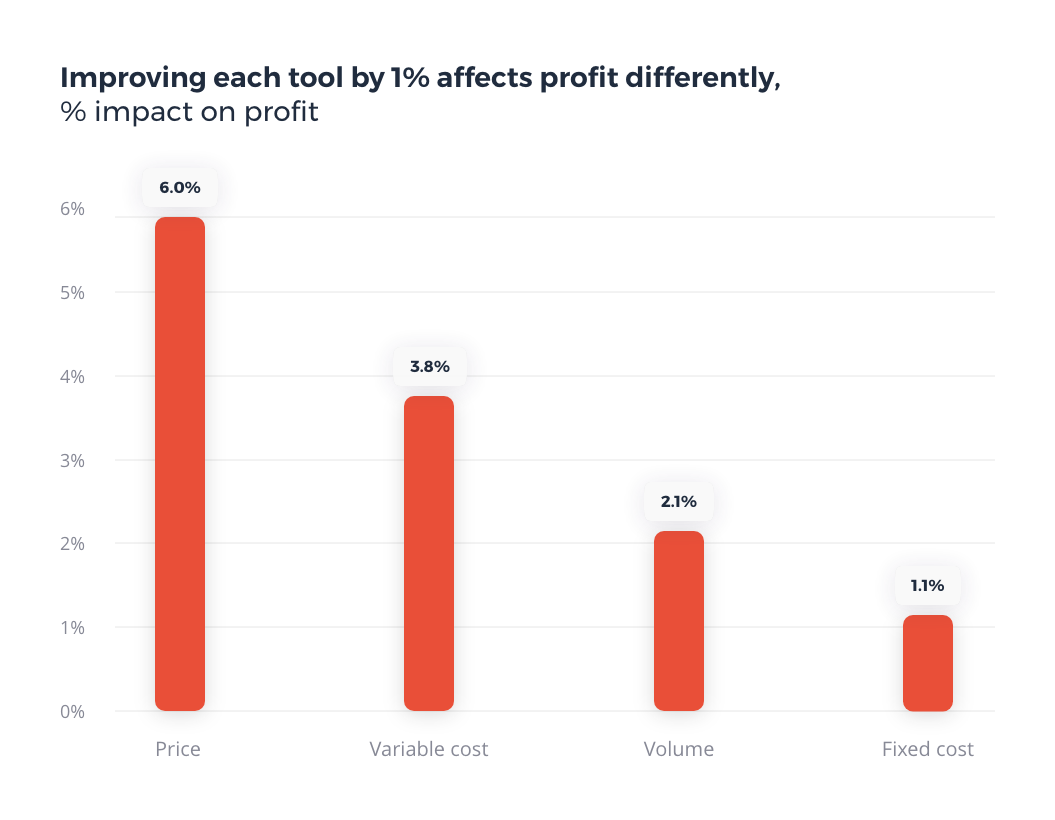
Despite this, lots of e-commerce businesses don’t spend the required time to ensure that their products have fully optimized prices. When I say ‘fully optimized prices’ you may be thinking that this inevitably means having the lowest price in the market, but an optimized pricing strategy is far more nuanced than that.
We see common pricing mistakes being repeated over and over again, which result not only in sales being lost, but also money being left on the table with each sale. So here are the three most common pitfalls when it comes to pricing, and if you can avoid making them, it will dramatically boost your sales and the revenue you generate on every single sale.
1. One price is rarely enough
The days of set and forget when it comes to pricing your products are long gone. With 46% of searches beginning on Google, consumers are able to compare and contrast your products with all of your competitors, and find the best deal. This is especially true if you use Google Shopping, where price is one of the key variables that Google uses to rank products - so if you’re way too expensive, you simply won’t win the sale.
In our experience, the average online store has 300 competitors across all of their products. This means that the prices you’re competing against will be changing all the time. Even if you carry out research on your competitors’ and use this information to set your prices, the dynamic nature of e-commerce means that doing this just once simply isn’t enough.
On top of this, there are lots of variables in play when it comes to pricing. Stock levels, number of competitors, profit margin, delivery charge, competitor aggressiveness, country etc. will vary across all of your product ranges and even down to individual products, so it’s very important to have more than a single price strategy.
2. You’re priced too cheaply
When price is so important to consumers, being the price leader in the market is vital for lots of retailers. However, in this race to be the cheapest it’s inevitable that some of your products are priced too cheaply against your competitors. Here’s a hypothetical example of how and why this happens, and how it can be avoided.
Let’s say that Retailer A carries out a quick check on Google Shopping for competitors and decides that they want to be priced the cheapest for a specific group of products. They set a price that’s €5 below the current cheapest competitor, Competitor A, and bingo, the sales start pouring in.
Although this may be a reason to celebrate, without regular monitoring of the market, you could be missing the chance to maximize revenue on every sale. For instance, if Competitor A suddenly increases their price, or they’re out of stock, then you may no longer be just €5 cheaper than everyone else - you now may be €8 cheaper than the new cheapest competitor, Competitor B.
Whilst you may still be happy with the volume of sales you're achieving as the price leader, you're actually missing out on crucial revenue on every single sale, and essentially losing €3 for every sale you win.
3. Consumers REALLY care about delivery charges
Shopping cart abandonment continues to be a major issue for the vast majority of online stores. In 2021, 69.5% of all potential purchases were abandoned by consumers, with research showing that the main reason for this is high extra costs - such as taxes, additional fees and shipping charges.
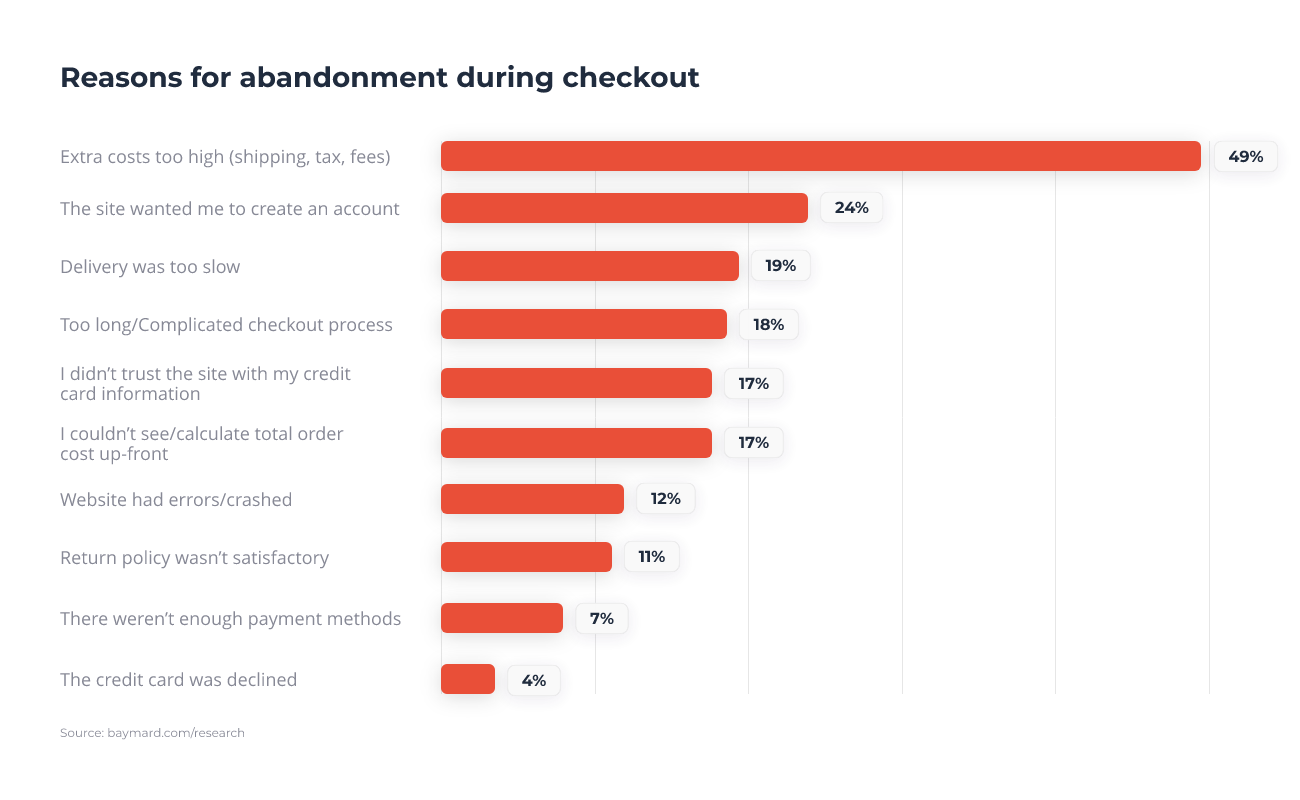
So, even if you’re the price leader in the market, there’s no guarantee that you’ll win the sale if you start adding to the price during checkout.
This is further illustrated in research carried out by Global Web Index, which showed that free delivery is the main reason that people shop online, with 53% of those surveyed naming it as the most important factor driving their purchase.
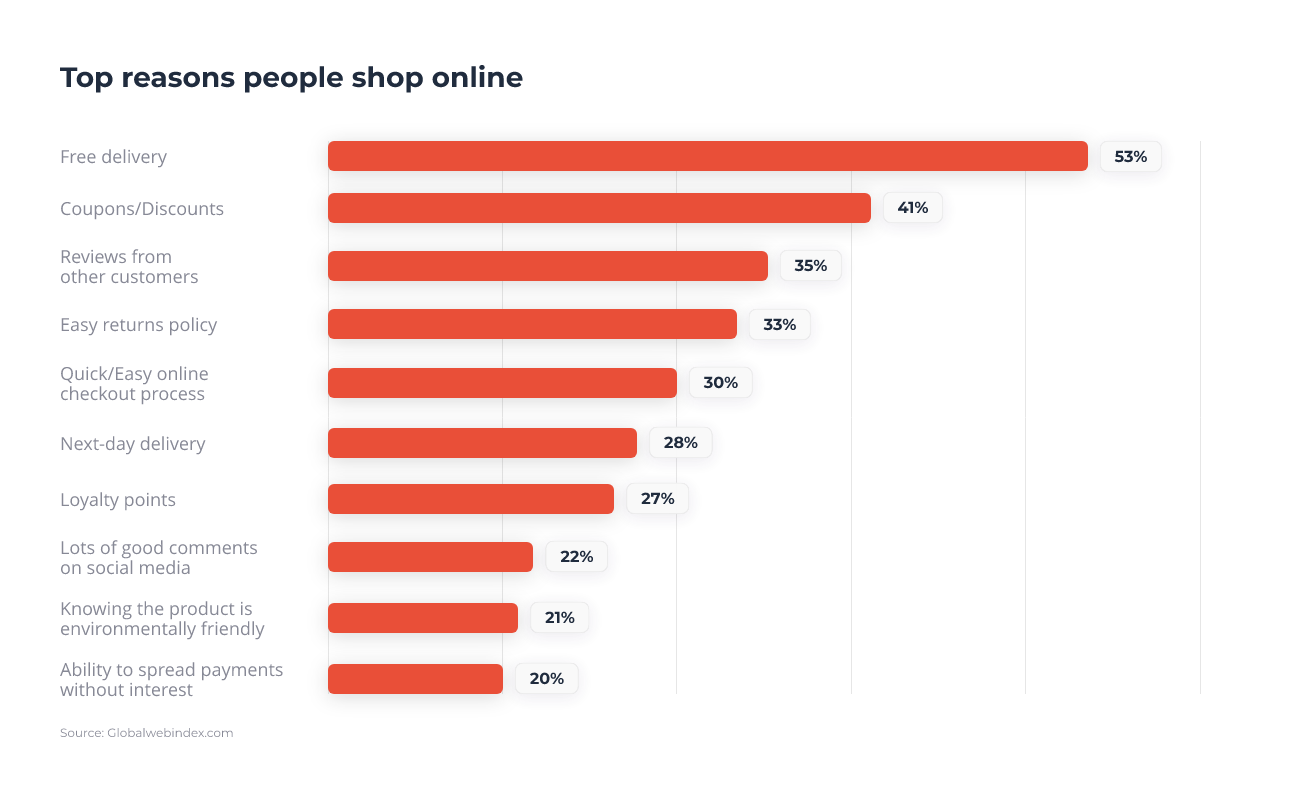
Retailers and brands need to consider if their delivery costs should be internalised and added to the price of the product, and also how much their competitors are charging for delivery.
Google presents the delivery costs for each product when people use their Google Shopping price comparison service, so consumers can easily see which retailers offer free delivery.
One solution would simply be to start offering free delivery on all of your products, but the major issue here is that this reduces your profit margin. This is why it’s so important to identify the products where you’re priced too cheaply, as the extra revenue this generates can be used to offset free shipping.
Summary
The COVID-19 pandemic has seen e-commerce revenues increase across the board, and this growth is predicted to develop into a long-term trend.
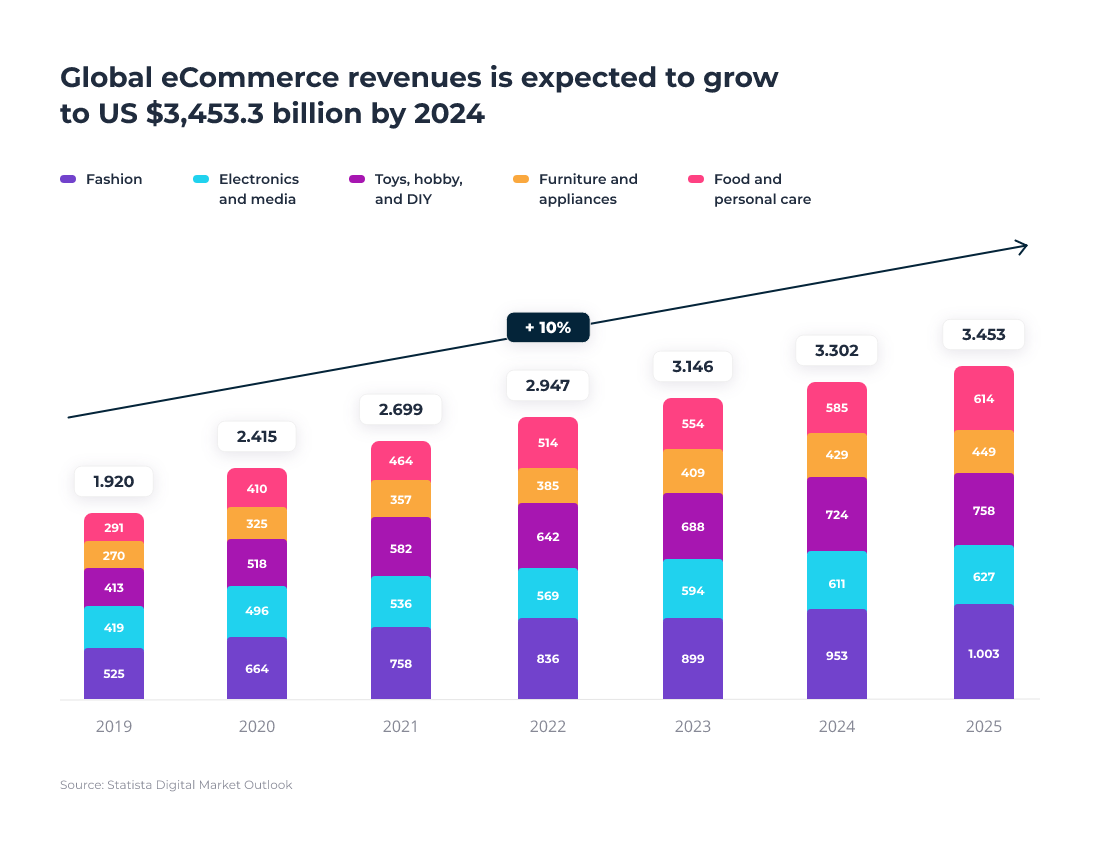
With this increase in growth comes increased competition, so it’s more important than ever for brands and retailers to have a full overview of their competitive situation in the market.
But having access to this competitor data is pretty useless unless you’re able to act on it. Being able to create different price strategies based on variables such as products, specific competitors, competitor delivery prices, and minimum required profit margins will allow you to position your products exactly where you want to be in the market.
Whether you want to be the price leader, on par with the cheapest competitor, or slightly more expensive, having a nuanced approach to pricing means that your products will be far more competitive - enabling you to dramatically boost your sales and maximize revenue.
About PriceShape
At PriceShape, we help retailers and brands of all sizes monitor their competitors and resellers, and then give them the tools to create dynamic price strategies that automatically optimize their prices, both up and down, to win more sales and maximize revenue.
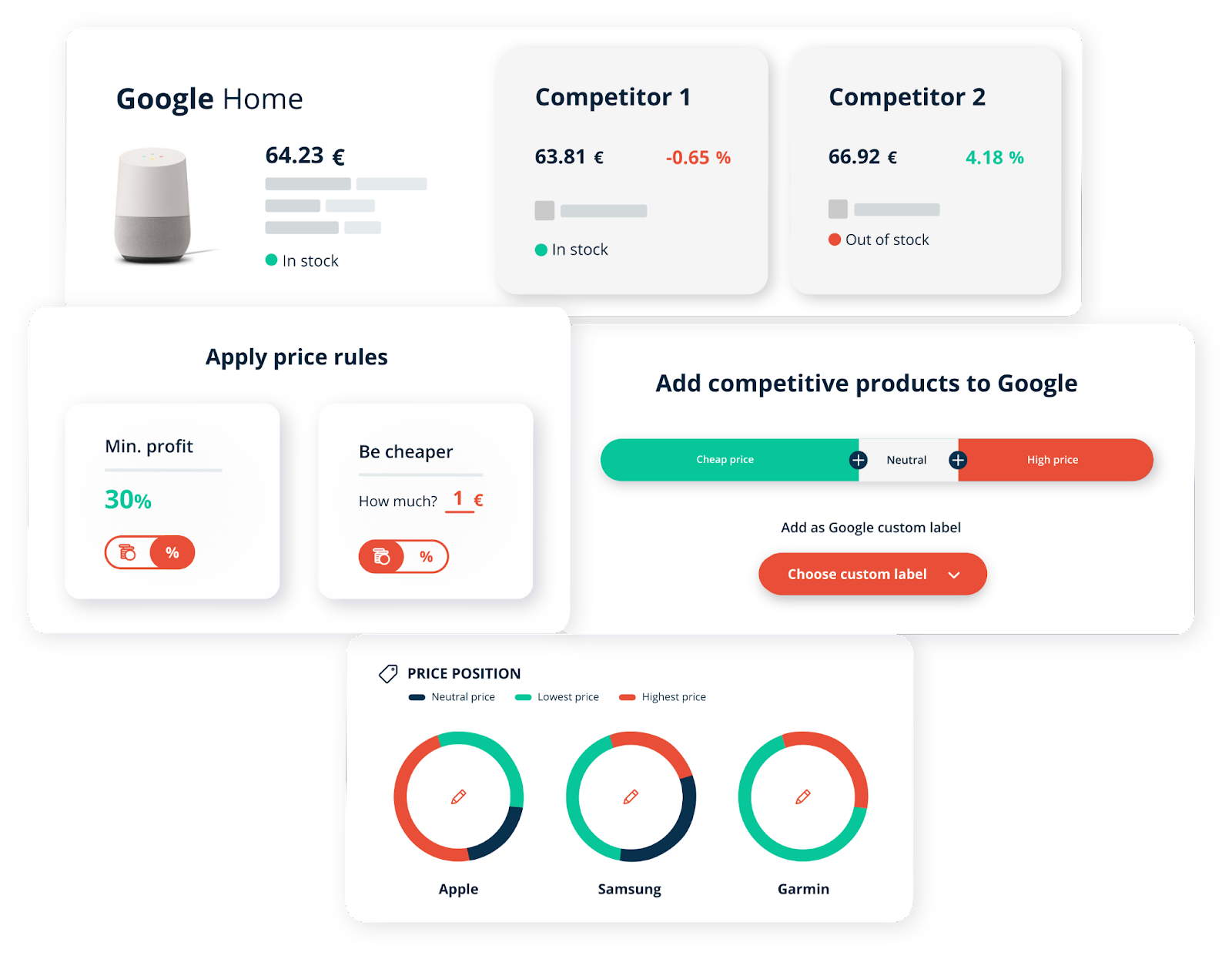
Our user-friendly platform firstly finds all of your competitors, and then monitors their prices, stock status, and delivery charge every single day - so your prices will dynamically adjust based on your price strategies and your required profit margin.
As we know your price position and profit margin, we can add this information to your Google Shopping product feed. This means that you can identify products where you're competitive and earn a good margin, and segment your ad campaigns accordingly - allowing you to target your ad spend directly towards these products.
This will take your Google Shopping ROAS to the next level, and when combined with a fully optimized WakeupData product feed, your performance should dramatically improve. You can find out more about how PriceShape can help here.



